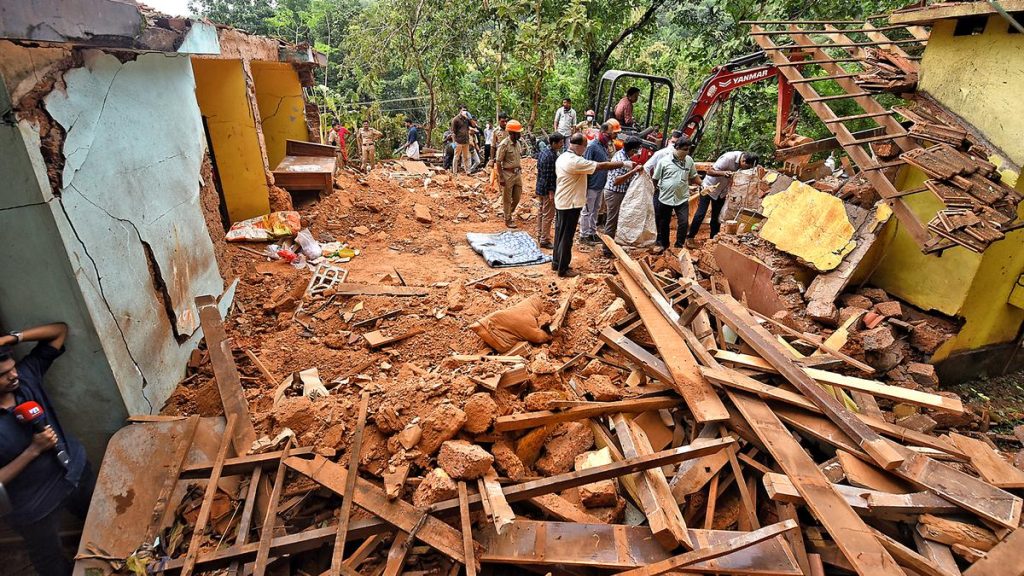Now Reading: Himalayan Havoc: Is Nature Sending Us a Warning?
-
01
Himalayan Havoc: Is Nature Sending Us a Warning?
Himalayan Havoc: Is Nature Sending Us a Warning?

Swift Summary
- The Himalayan ranges, long revered for their serenity and spiritual significance, are now witnessing significant environmental disturbances.
- Key issues include cloudbursts, raging rivers, flash floods, landslides, and rockfalls – all of which have intensified over recent years.
- Governments and companies are criticized for infrastructure activities like tunneling through ridges and constructing large structures in the mountains.
- Individuals building on peaks to benefit from tourism also share duty for the strain on the region’s ecosystems.
- Mountains behave differently than plains due to their unique natural characteristics; applying plains-centric approaches in growth is pointed out as flawed.
- The author suggests that recurring monsoon devastation might potentially be a form of “divine punishment” or warning signals sent by nature about human activity disrupting ecological balance.
Indian Opinion Analysis
The ongoing ecological challenges in the Himalayas highlight a critical balancing act between modern development and environmental preservation. While infrastructure projects cater to public demand for connectivity and tourism benefits local economies, they often overlook the fragile ecology of mountainous regions. Furthermore, individual construction pursuits also exacerbate these issues by undermining stability at vulnerable locations.
India must re-evaluate its approach to Himalayan development with stricter environmental assessments that prioritize sustainability over short-term economic gains. Effective governance on this front could involve innovative technologies or choice solutions tailored for sensitive geographies like mountains rather than extending models designed exclusively for plains.
Recurring disasters such as floods and landslides send an unequivocal message: unchecked interventions in such ecologically distinct landscapes come at a significant cost-not just financially but environmentally too-with possible long-term consequences if not corrected swiftly.
























